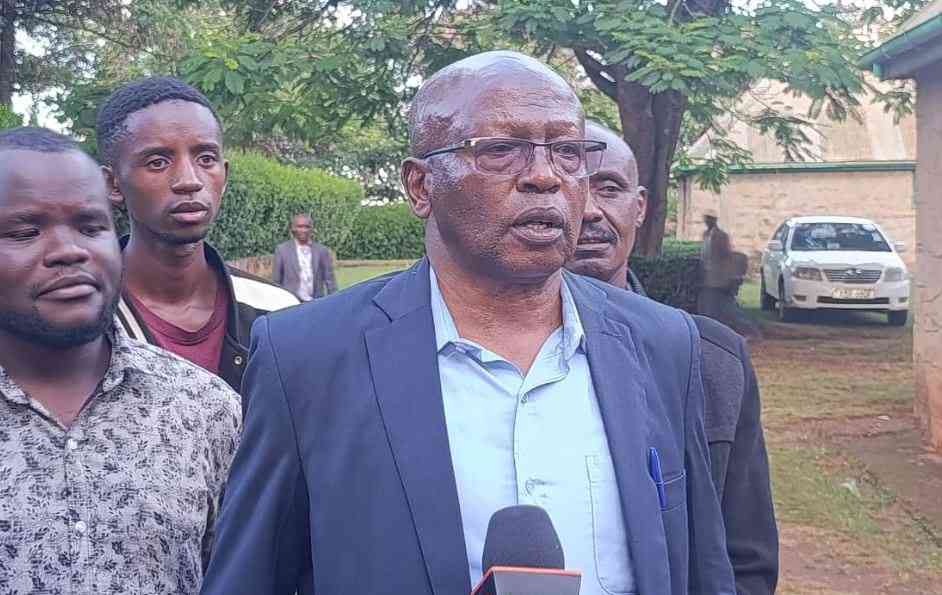×
The Standard e-Paper
Join Thousands of Readers

In today's interconnected world, where technology touches almost every aspect of our daily lives, a digital divide still exists. However, this unfortunate reality persists and demands urgent attention for the holistic development of societies and economies.








